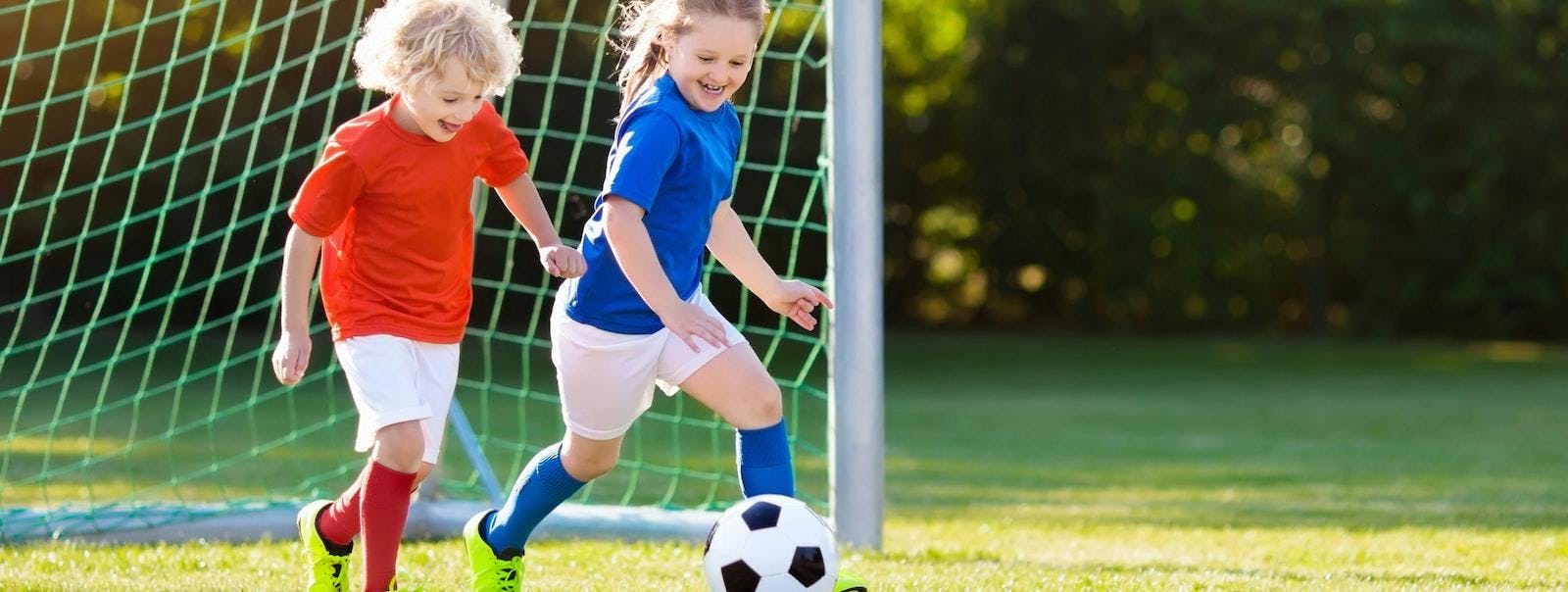Everything you need to know about varicose veins
Varicose veins are common, affecting 35% of the U.S. population. While these veins are rarely dangerous, they can be uncomfortable and unsightly. Here’s everything you need to know about them.
Varicose veins are most often found in the legs
Varicose veins happen when blood flow in veins becomes stagnant, causing the veins to be distended and twisted. While they can be found in various parts of the body, varicose veins are most commonly found in the legs because standing and walking increases the pressure on the veins in the lower extremities.
In addition to the pressure of gravity, varicose veins can also be caused by weakened vein walls and defective valves inside the veins.
Varicose veins cause certain signs and symptoms
Varicose veins are usually visible through the subcutaneous tissue. Veins can appear swollen, twisted, discolored, and knobby.
Some patients with varicose veins feel an aching or heavy sensation in their legs. Other patients experience burning, itching, or pain. These symptoms often improve when the legs are elevated, making it easier for blood to flow upward and out of the legs.
There are several risk factors
Women are much more prone to varicose than men because of the hormone progesterone. Progesterone relaxes the muscles that control the movement of blood through veins, which makes blood flow sluggish or stagnant.
Pregnancy is also a risk factor for varicose veins because of pregnancy hormones, as well as the excess pressure pregnancy places on the pelvis and lower extremities.
Obesity can increase the risk of varicose veins as well since extra weight puts pressure on the lower extremities and increases pressure inside the veins.
The risk of varicose veins increases with age. People with a family history of varicose veins and people who stand or sit for long periods of time are also at an increased risk.
Some home measures can reduce or resolve varicose veins
There are several easy treatments patients with varicose veins can try at home.
Frequent exercise can improve varicose veins because exercise improves blood flow throughout the body and contracts the muscles that pump blood up through the veins in the legs.
Losing weight or maintaining a healthy weight can also prevent or reduce varicose veins.
Elevation is also helpful because it uses gravity to move blood out of the legs.
Wearing compression stockings can be beneficial, too. These stockings put gentle pressure on the lower legs throughout the day, helping blood move through veins instead of staying stagnant.
Varicose vein treatments are available
For patients with large or persistent varicose veins, several medical treatments are available.
In a procedure called sclerotherapy, a healthcare provider injects the vein with a solution that causes the vein to scar and then close. Veins treated with sclerotherapy typically fade within a few weeks.
Radiofrequency and laser treatments have the same effect, causing veins to shrink and become less visible over time.
In severe cases, surgery is required to remove varicose veins. Surgery is usually reserved for cases in which varicose veins are causing medical complications, including skin ulcers, blood clots, or bleeding.
Visit an urgent care center near you
If you need help assessing your condition, visit one of the urgent care centers. You can walk in without an appointment, or you can check in online. We specialize in convenient care for the whole family. We’ll have you back to feeling better in no time.
Sources:
https://www.mayoclinic.org/diseases-conditions/varicose-veins/symptoms-causes/syc-20350643
Written by Sarah Thebarge, Physician Assistant


